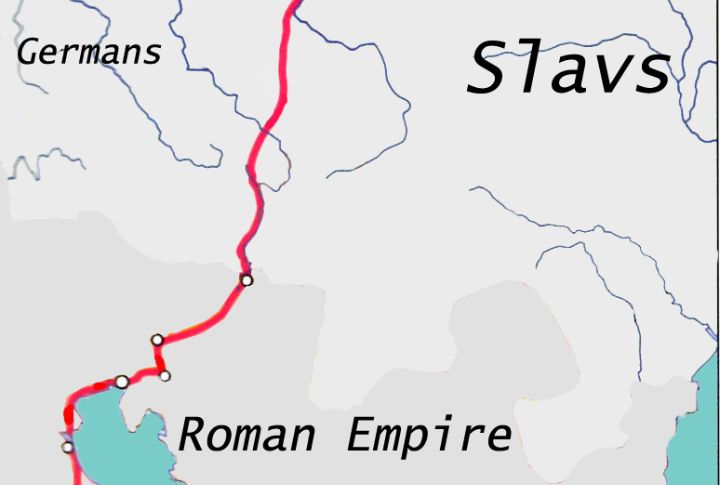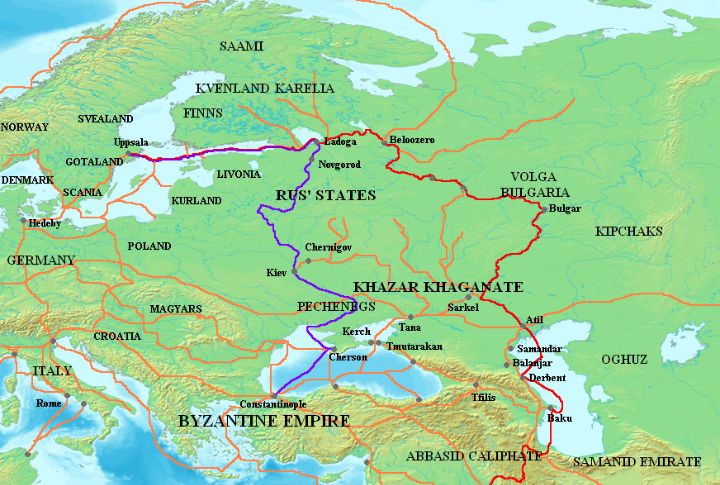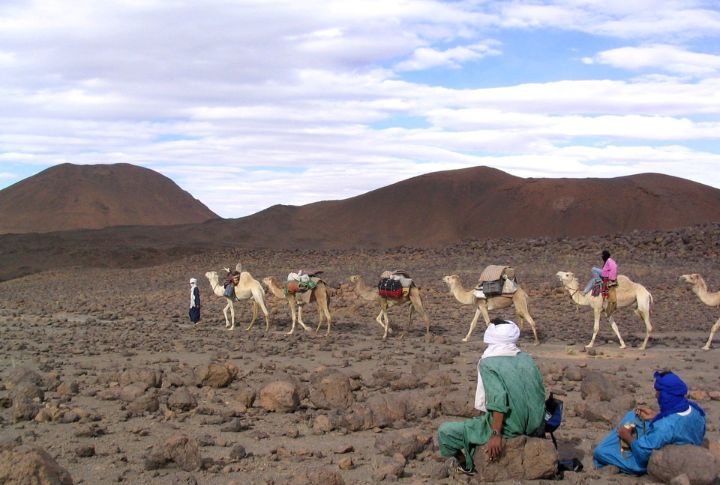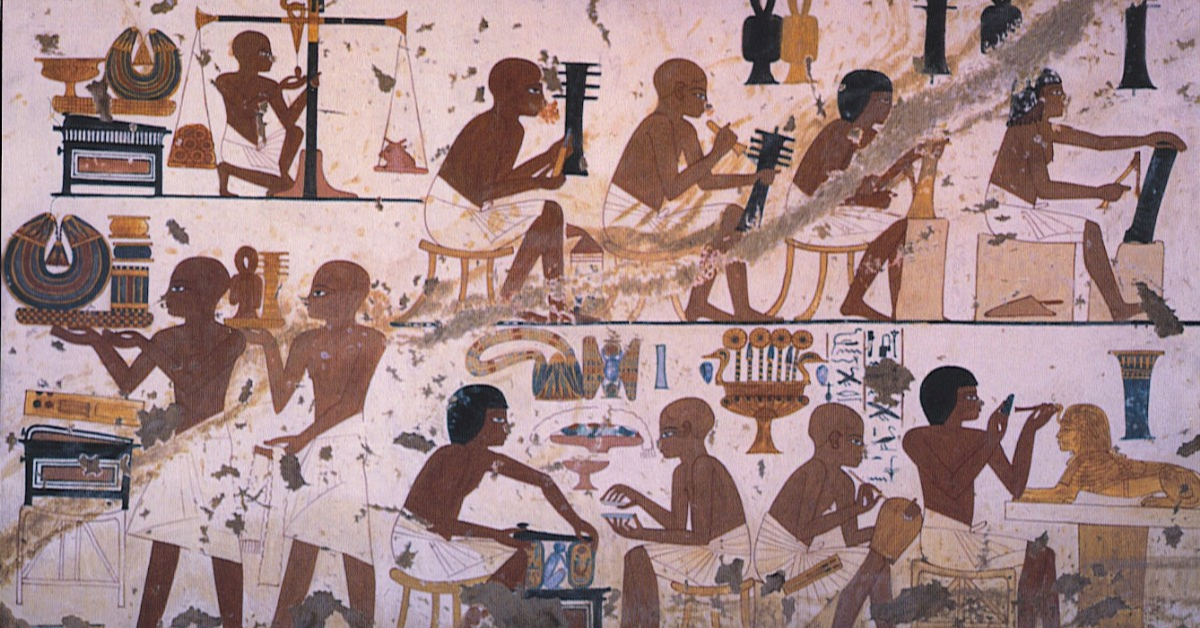
Imagine journeying across mountains, deserts, and oceans to trade goods from distant lands! Ancient traders built routes that changed history and moved silk, spices, and ideas. Let’s take a closer look at five epic trade paths that fueled empires and shaped how societies connect today.
The Silk Road’s Impact

Besides silk, the Silk Road traded a variety of goods from China to Europe. It carried goods like spices, art, and knowledge across vast settings. By linking distant empires, this route helped ideas and technology spread and influenced cultures from Asia to the Mediterranean.
Spice Route Through the Indian Ocean

Traders faced monsoons and storms to bring these flavors to Europe, adding spice to meals and fortunes alike. Spices such as pepper and cinnamon became valuable commodities as the Spice Route connected Southeast Asia, India, the Middle East, and Europe. The route’s influence extended far beyond the kitchen.
The Amber Road’s Northern Path

Amber, the “gold of the north,” traveled from the Baltic region to the Mediterranean, prized for jewelry and art. The Amber Road linked diverse cultures and brought wealth to northern Europe. It’s incredible to think that something as simple as amber could connect so many places.
Viking Routes Across Europe

Viking routes helped shape Europe’s economy and left a legacy that endures today. Vikings didn’t just raid; they traded across rivers, seas, and coasts of Europe and exchanged furs, amber, and metalwork. Alongside promoting the exchange of goods and cultures, Nordic trading networks linked Byzantium with Scandinavia.
Trans-Saharan Gold and Salt Route

This route connected African kingdoms and exchanged salt from the Sahara for gold from West Africa. It fueled the rise of powerful empires like Mali and spread knowledge, culture, and wealth across the desert. The journey was tough, but the rewards shaped African history.












GIPHY App Key not set. Please check settings